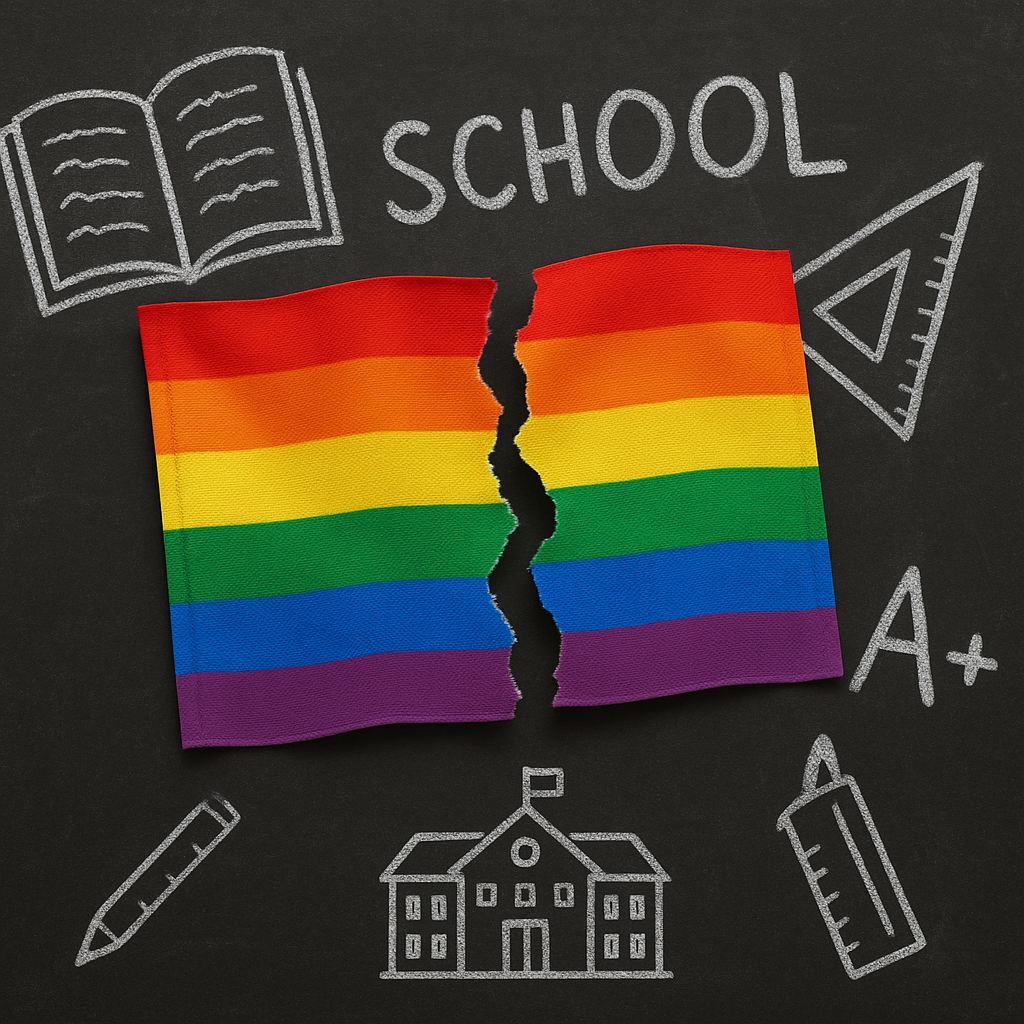
When people talk about bullying, they usually picture a student being shoved in a hallway or mocked in the cafeteria. But bullying today often shows up in quieter, more subtle ways. One of the most damaging is social exclusion. This is happening across American schools to students who do not conform to new social expectations around gender and sexuality. These are not violent students. These are kids whose personal or family beliefs do not match the dominant narrative. And for that, they are being punished with silence, embarrassment, and separation.
Some families have asked that their children be excused from lessons involving gender identity or LGBTQ-related sex education. What used to be a normal parental choice is now met with resistance. Schools increasingly treat this as a sign of prejudice. And the kids, not the parents, end up carrying the consequences.
Social exclusion as modern bullying
Research shows that social exclusion is one of the most harmful forms of bullying. It is not loud, but it leaves real scars. A 2022 study published in the Journal of School Psychology found that students who were socially excluded faced increased risks of anxiety, depression, and academic decline. The effects were long-lasting and impacted everything from attendance to classroom participation
In many schools, exclusion is now coming from staff as well as students. A child who does not participate in Pride Month activities might be singled out or separated. A student who prefers not to use alternate pronouns may be corrected or challenged in front of the class. A student who quietly declines to engage in discussions about gender identity might be framed as a threat to inclusion. These moments are not framed as bullying, but they work exactly the same way. They isolate. They pressure. They punish.
Parents are being cut out
In 2023, the group Parents Defending Education released a report showing how many public schools are now pushing policies that leave parents out of gender-related decisions. In some districts, schools do not notify parents if a child starts using a new name or identity at school. Staff are told to keep this information private, even from the family
This breaks trust. It sends a message that parents cannot be trusted to guide their own children. Worse, it places the child in a stressful position, managing two identities across two environments. That pressure can lead to confusion, anxiety, and breakdowns in family relationships. Students should never be the battleground between parents and schools.
Legal opt-outs are ignored in practice
Many states allow parents to opt out of parts of the curriculum they find inappropriate. But schools often ignore or undermine these rights. In 2022, the Heritage Foundation documented cases where students who opted out of gender-related lessons were isolated, publicly identified, or given make-up assignments intended to shame
One student was pulled from class without supervision. Another was asked to explain their absence in front of peers. These are not neutral consequences. They are social punishments. They tell the rest of the class that opting out is wrong, that it makes you different, and that different means bad.
This still fits the definition of bullying
The Centers for Disease Control and Prevention includes social exclusion in its official definition of bullying. Bullying is not just physical or verbal abuse. It also includes isolating a student or making them feel unwelcome because of who they are or what they believe
It does not matter if the goal is inclusion or safety. If the result is that a child feels unsafe for holding a different view, the system is not working. No amount of good intention makes this acceptable. Pressure is still pressure. Isolation is still isolation. Silence can be just as harmful as name-calling.
True inclusion must include dissent
Real inclusion means accepting all students, even the ones who think differently. Schools cannot claim to be safe spaces while excluding students who do not go along with certain ideological trends. Inclusion must make room for traditional religious beliefs, cultural values, and the right of students to step back from identity-based content.
This does not mean censoring information. It means presenting it without forcing students to participate in activities that go against their convictions. It means treating all students with respect, including the quiet ones who are just trying to avoid conflict.
We need to call this what it is
What is happening in many classrooms is not just cultural change. It is a form of enforcement. It is an effort to shape how students think by isolating those who do not agree. That is not education. That is soft coercion.
We need to expand our understanding of bullying. It is not just about physical harm or cruel words. It is also about exclusion, manipulation, and silence. It is about students being punished for not joining a cause. And it is happening more than people are willing to admit.
